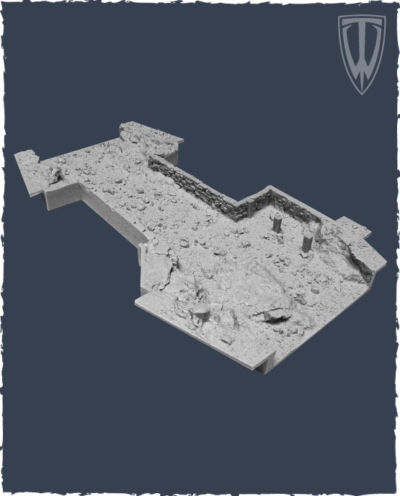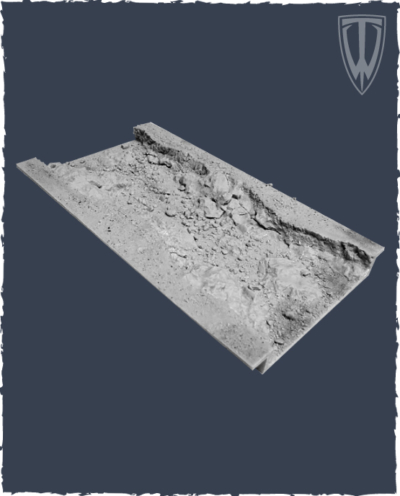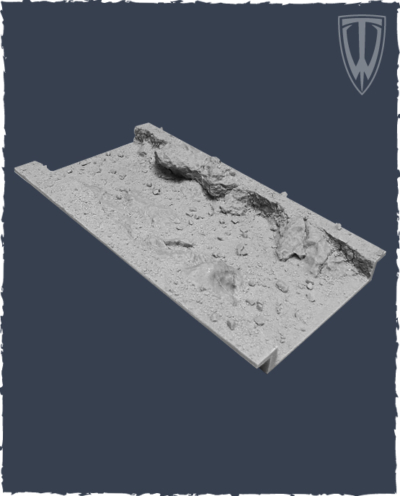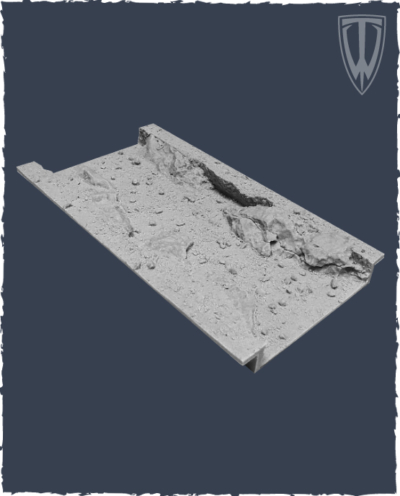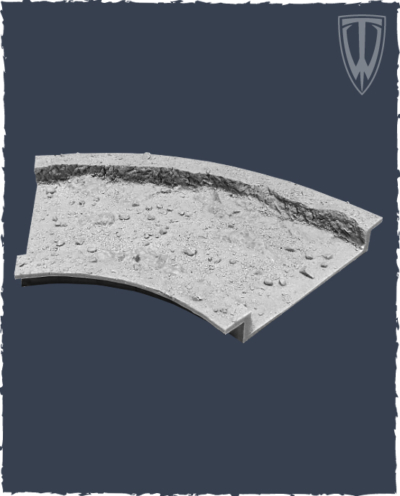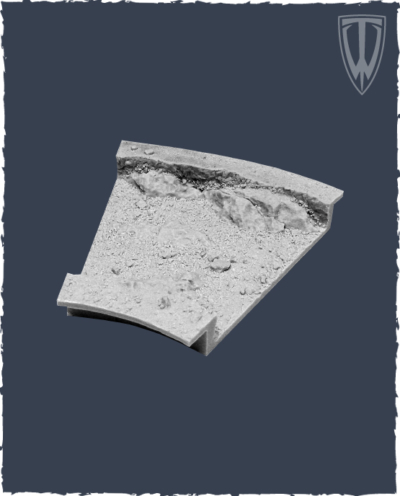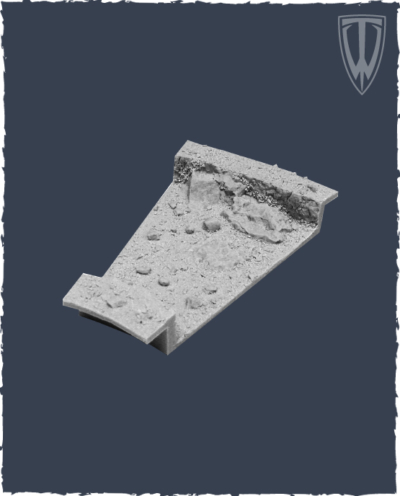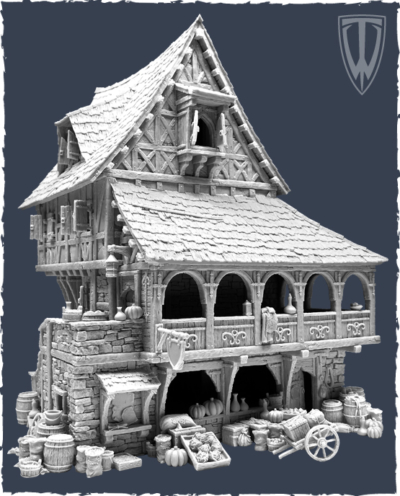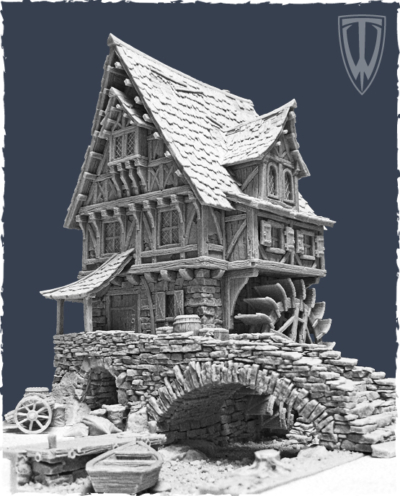-
In medieval times the river was seen and experienced as a great flow of energy moving slowly and inexorably trough landscape. It was a flow of energy that could be harnessed and put to use. In many river towns mills were built next to river. Rivers also provided the water used for washing and drinking.
-
In medieval times the river was seen and experienced as a great flow of energy moving slowly and inexorably trough landscape. It was a flow of energy that could be harnessed and put to use. In many river towns mills were built next to river. Rivers also provided the water used for washing and drinking.
-
In medieval times the river was seen and experienced as a great flow of energy moving slowly and inexorably trough landscape. It was a flow of energy that could be harnessed and put to use. In many river towns mills were built next to river. Rivers also provided the water used for washing and drinking.
-
In medieval times the river was seen and experienced as a great flow of energy moving slowly and inexorably trough landscape. It was a flow of energy that could be harnessed and put to use. In many river towns mills were built next to river. Rivers also provided the water used for washing and drinking.
-
In medieval times the river was seen and experienced as a great flow of energy moving slowly and inexorably trough landscape. It was a flow of energy that could be harnessed and put to use. In many river towns mills were built next to river. Rivers also provided the water used for washing and drinking.
-
In medieval times the river was seen and experienced as a great flow of energy moving slowly and inexorably trough landscape. It was a flow of energy that could be harnessed and put to use. In many river towns mills were built next to river. Rivers also provided the water used for washing and drinking.
-
In medieval times the river was seen and experienced as a great flow of energy moving slowly and inexorably trough landscape. It was a flow of energy that could be harnessed and put to use. In many river towns mills were built next to river. Rivers also provided the water used for washing and drinking.
-
In medieval times the river was seen and experienced as a great flow of energy moving slowly and inexorably trough landscape. It was a flow of energy that could be harnessed and put to use. In many river towns mills were built next to river. Rivers also provided the water used for washing and drinking.
-
In medieval times the river was seen and experienced as a great flow of energy moving slowly and inexorably trough landscape. It was a flow of energy that could be harnessed and put to use. In many river towns mills were built next to river. Rivers also provided the water used for washing and drinking.
-
This luxurious house is where the town’s well known merchant spends his days in peace and welfare. Townsfolk know him as a fair trader and a tolerant man who is always kind and ready to help people in trouble. In his shop, placed on the ground floor, you can find everything you need be it food, tools or even medicine.
-
Houses in the medieval towns reflected the rank of those living in them. Although stone building was encouraged, expense meant that most houses were built of wood. Those built of stone, were the homes of the rich people such as merchants and renown craftsmen.


